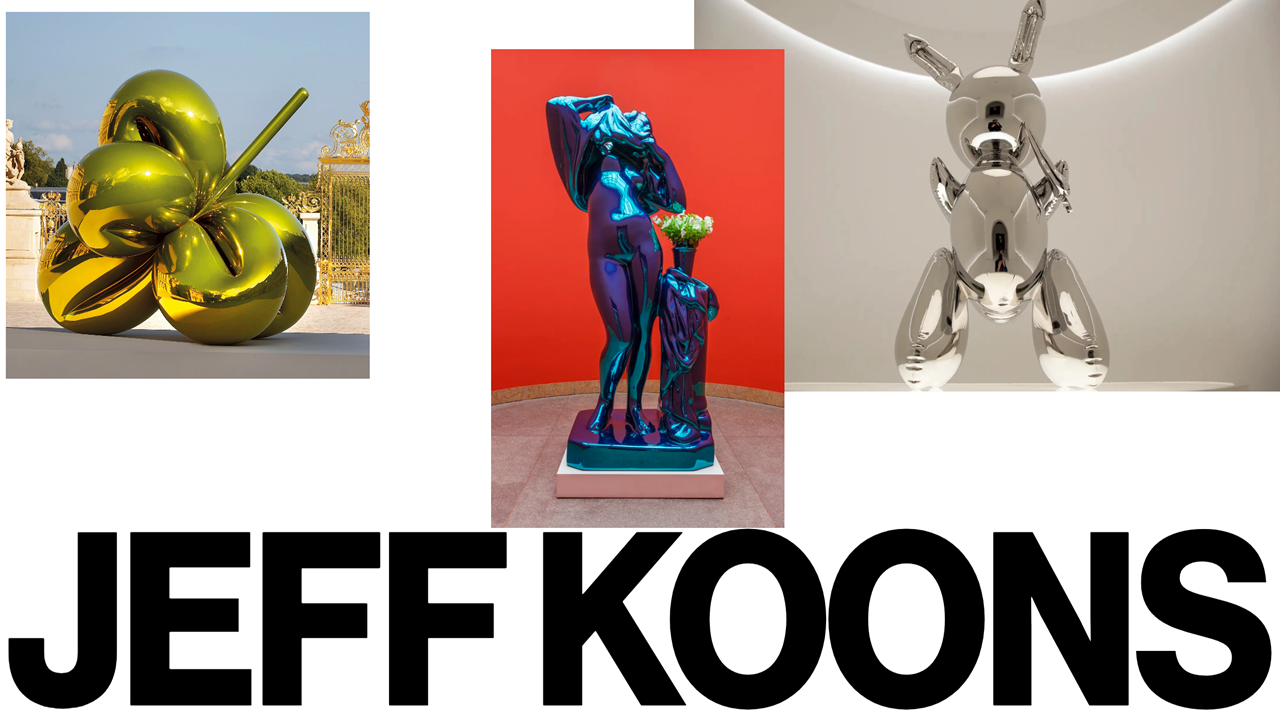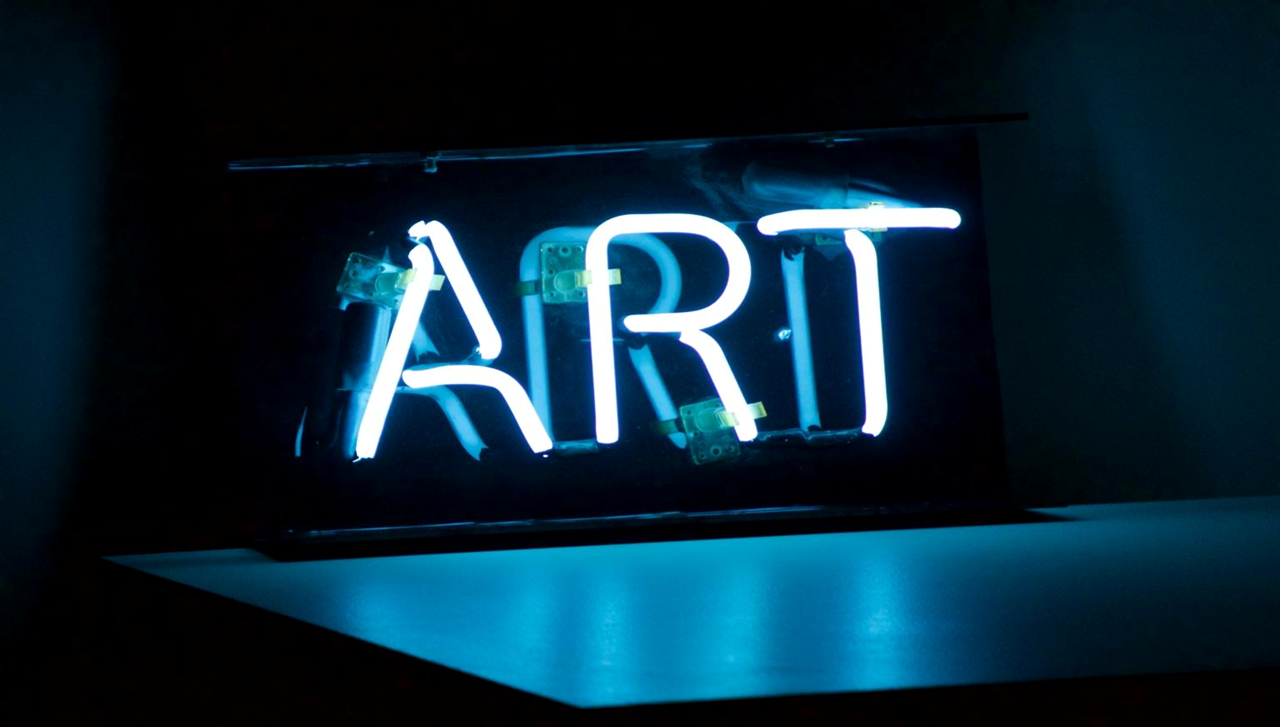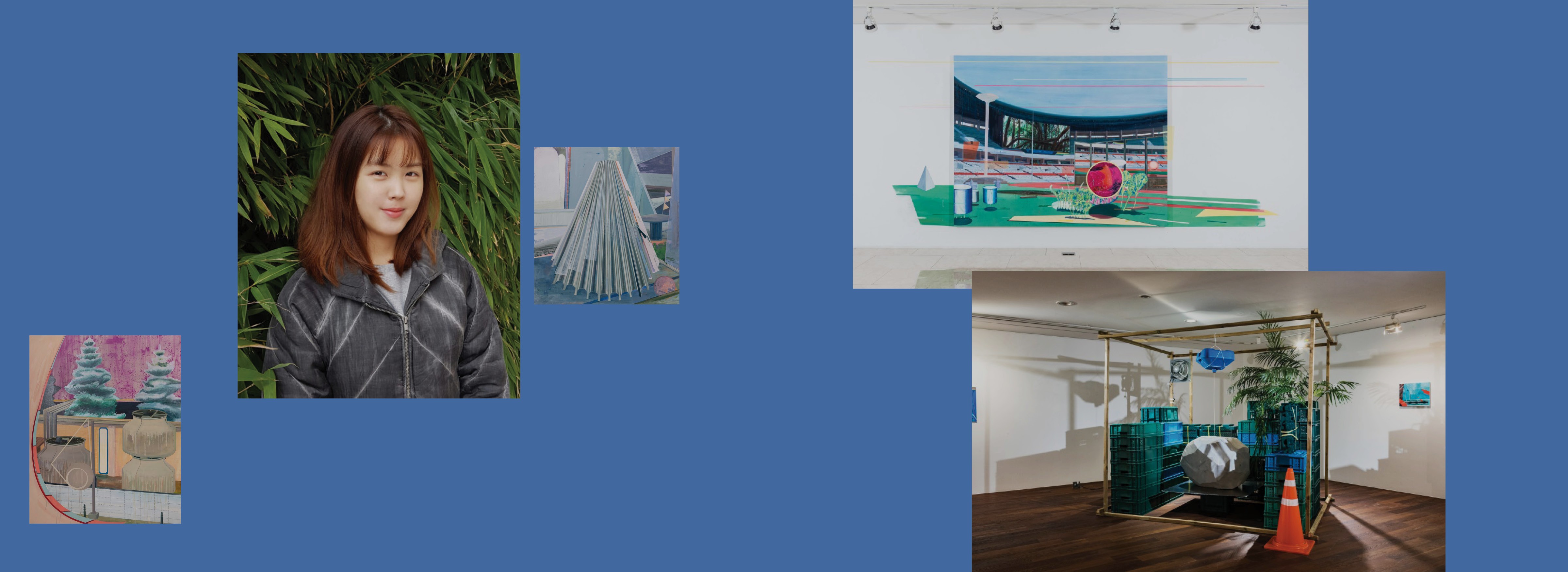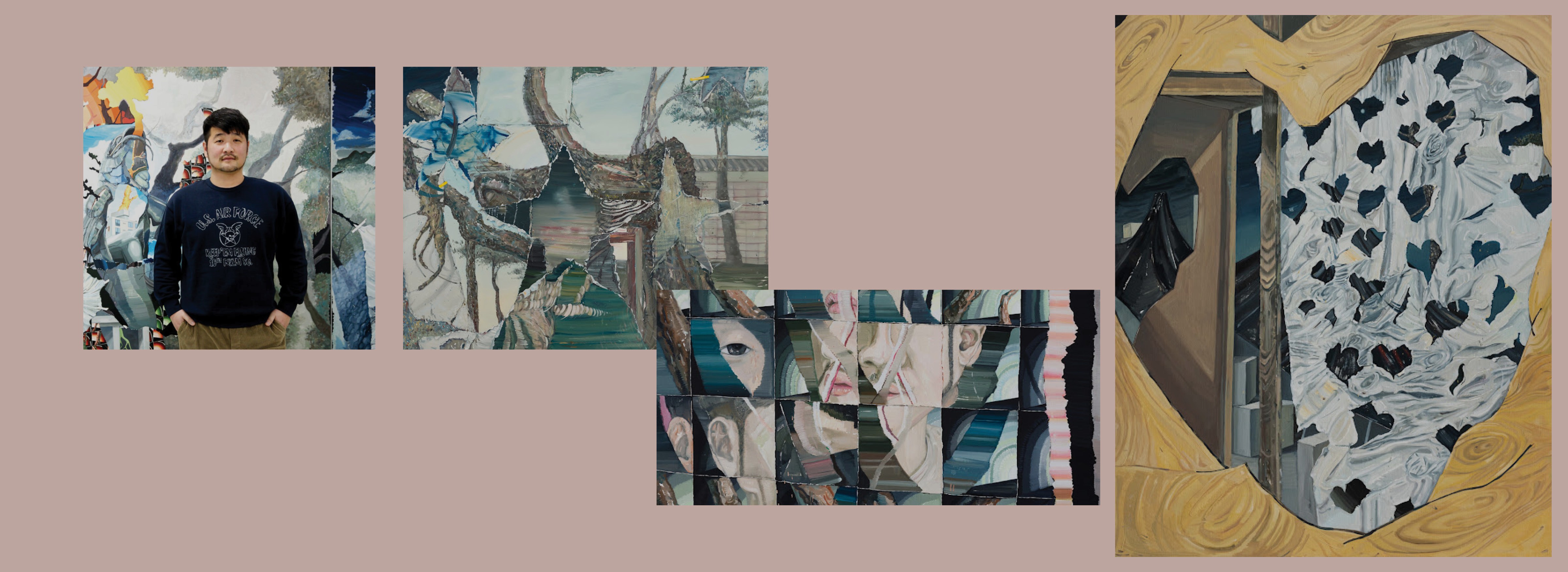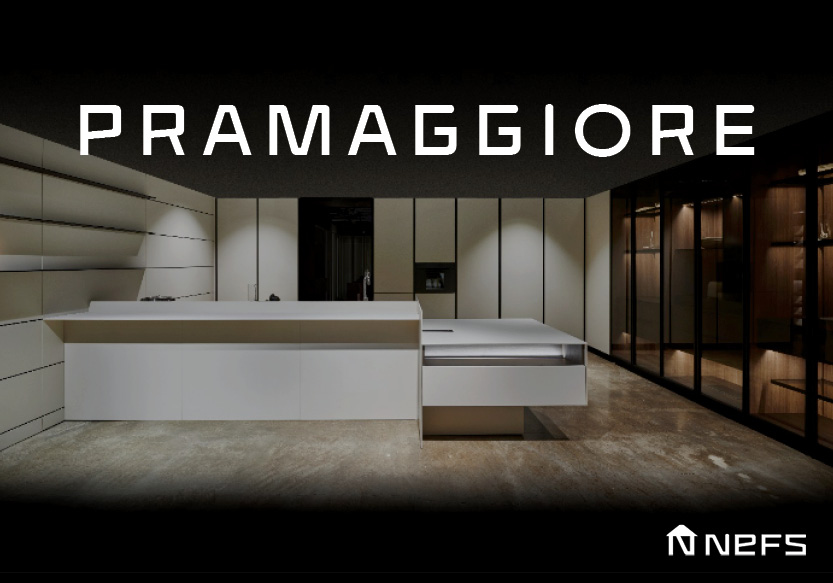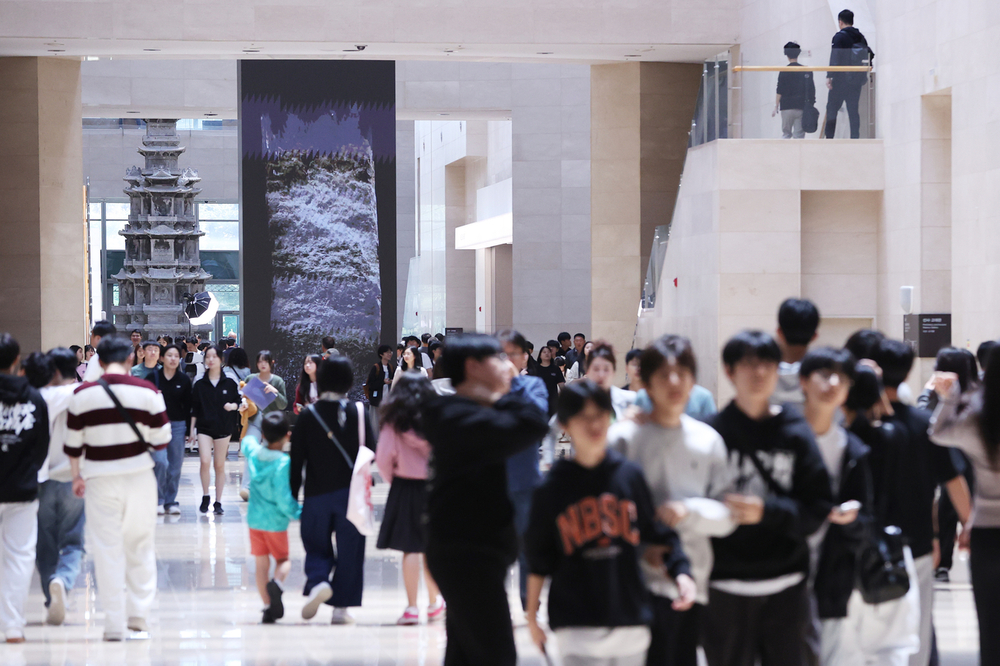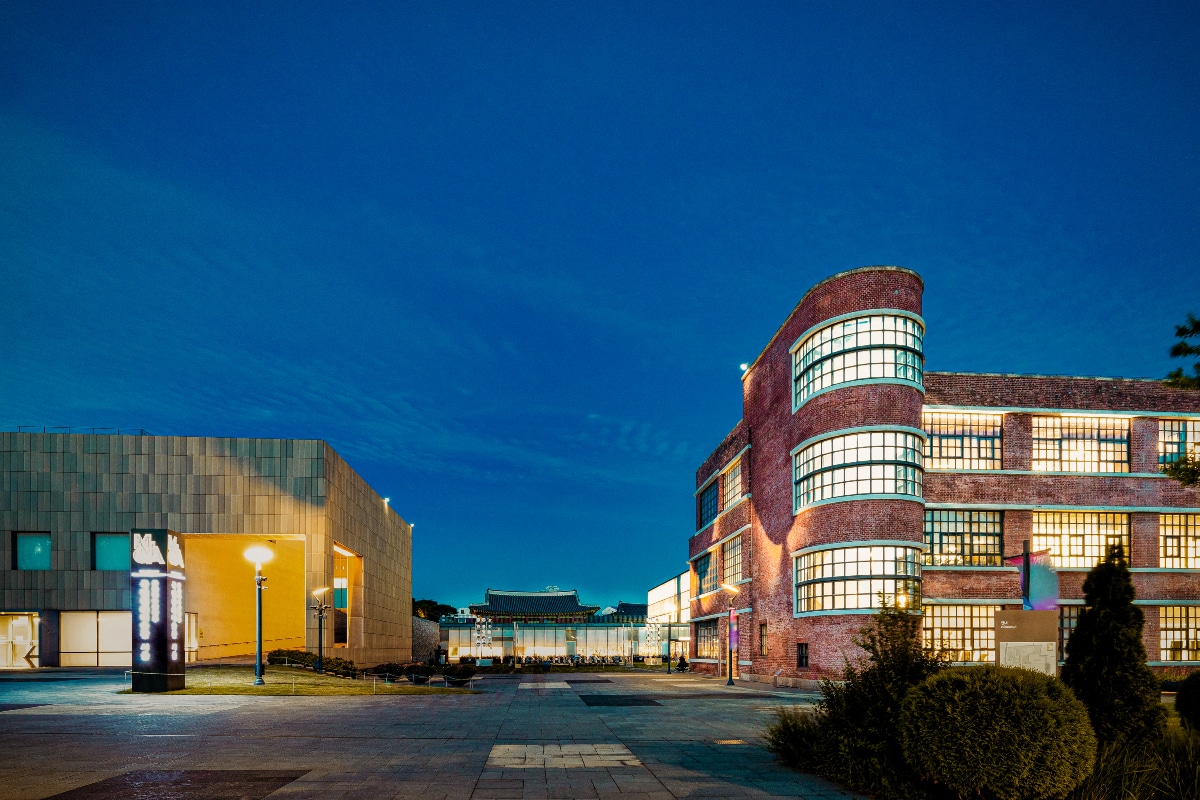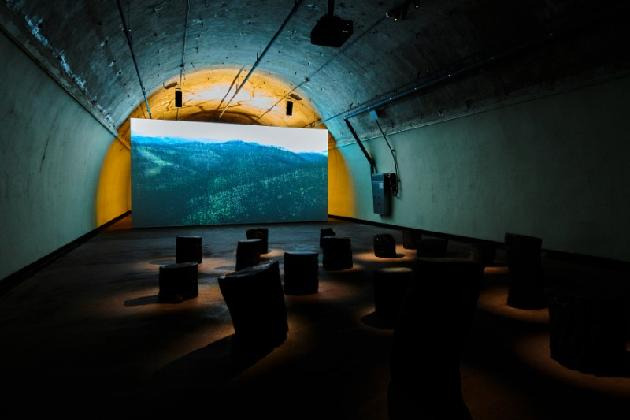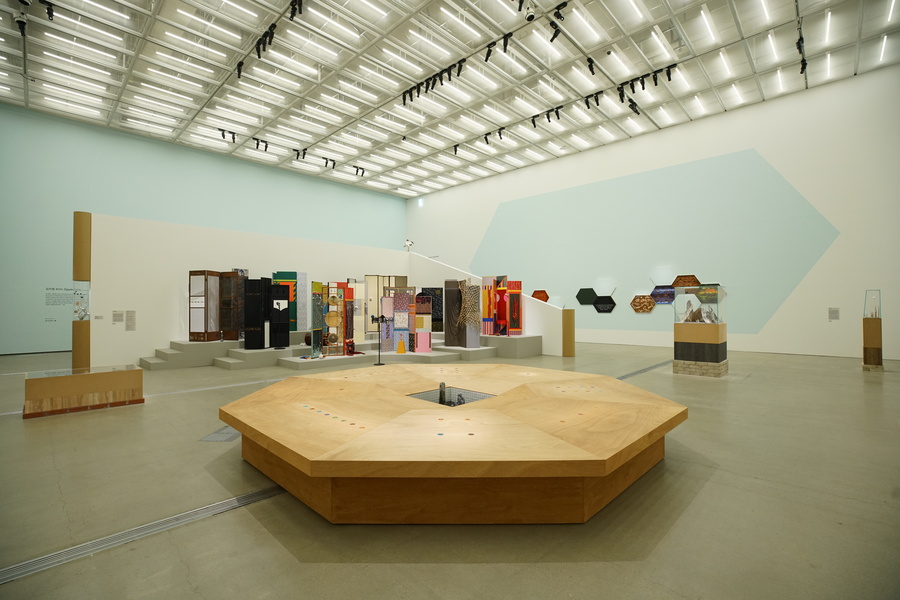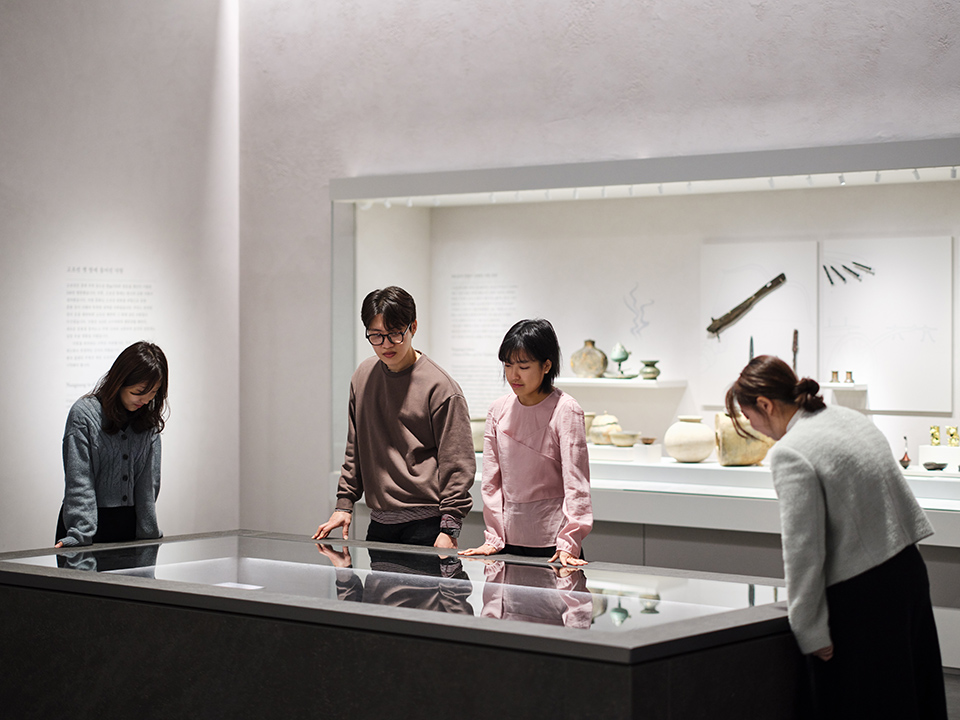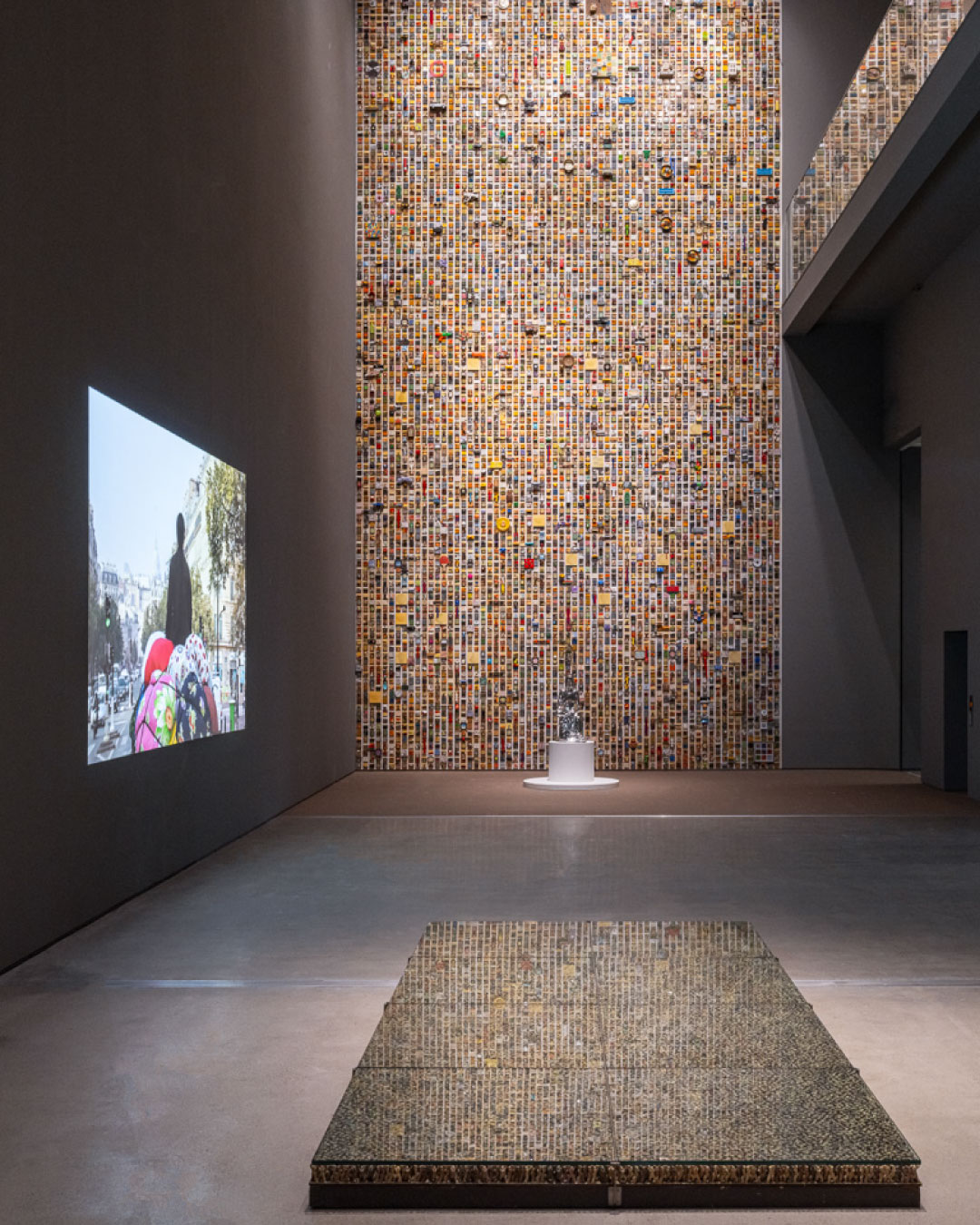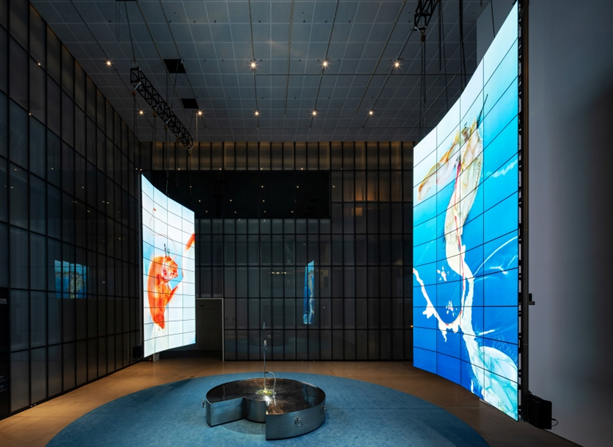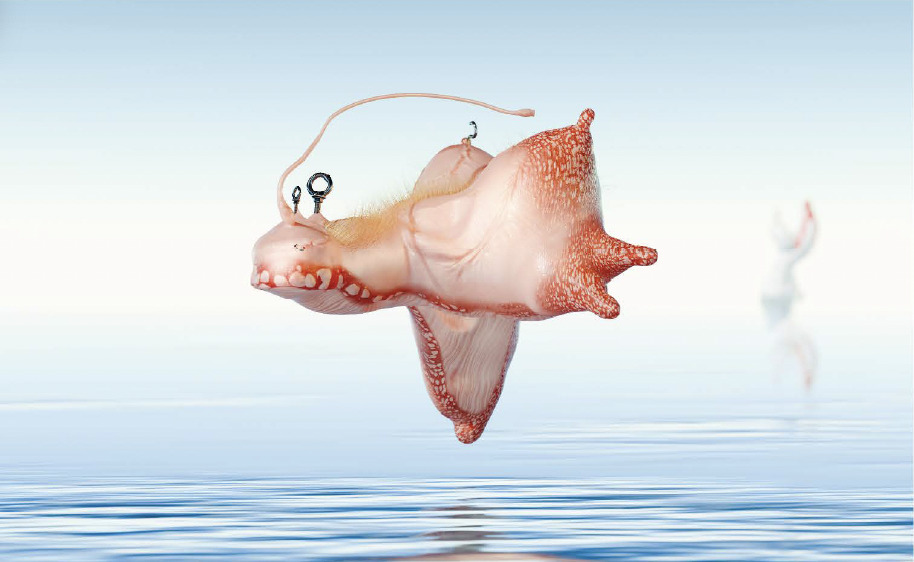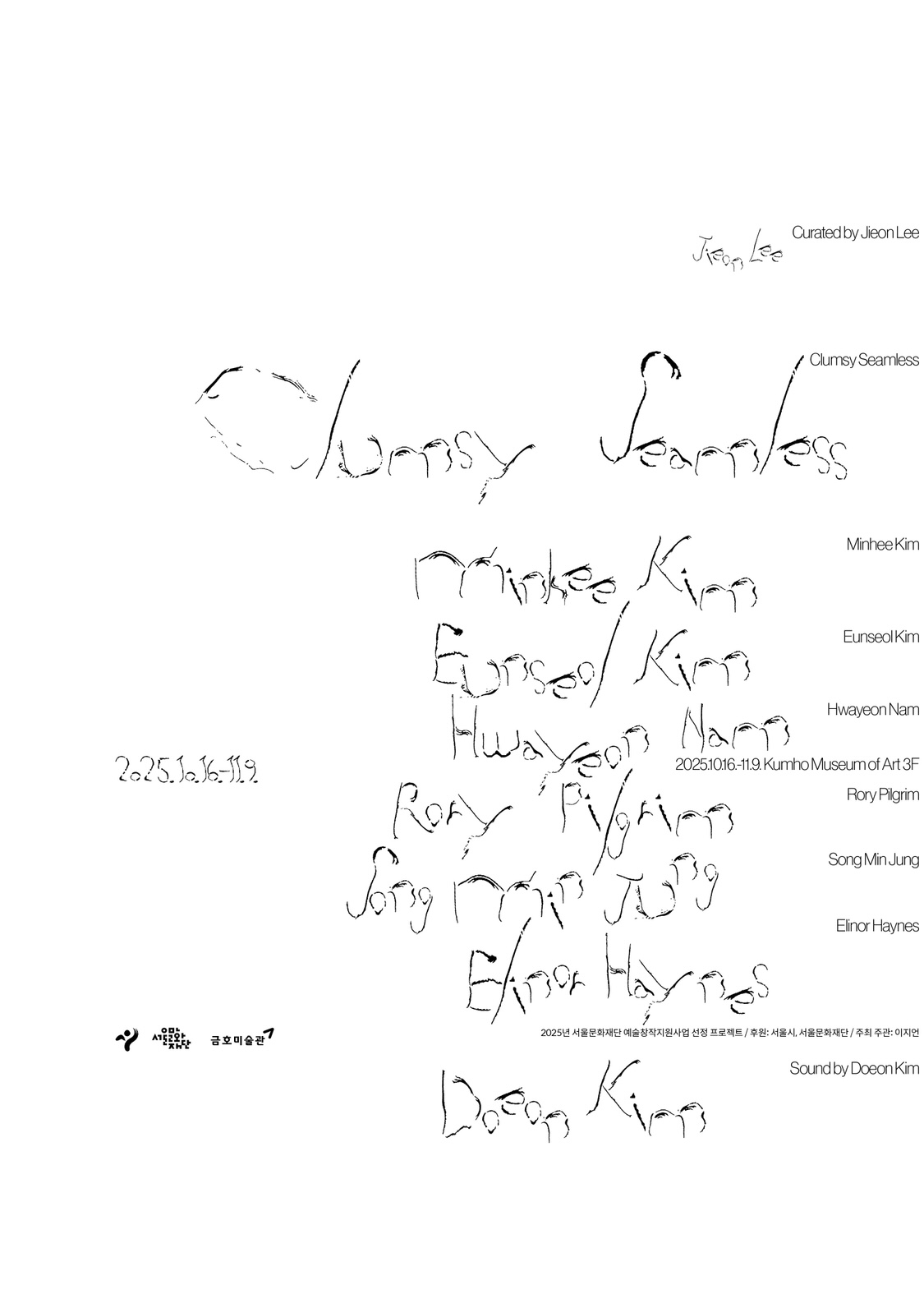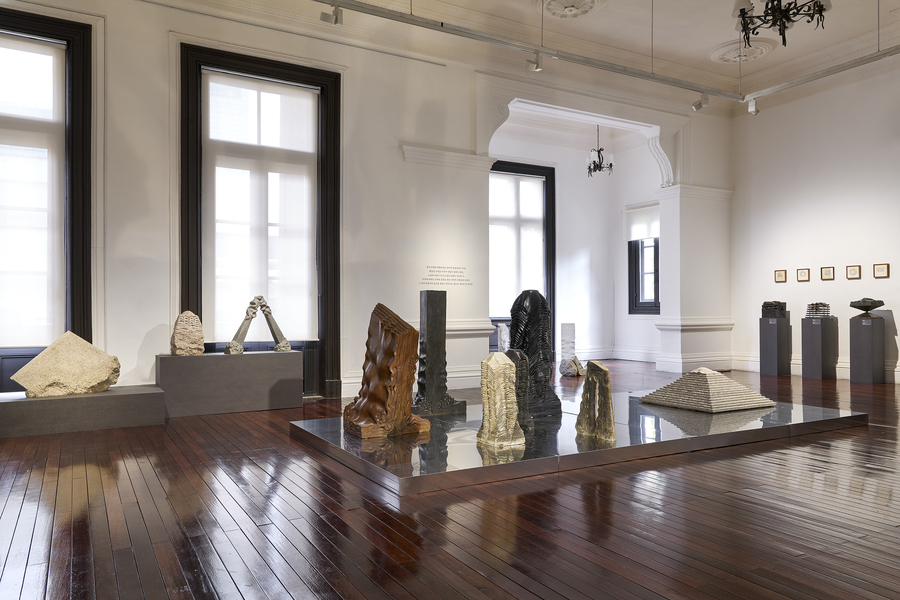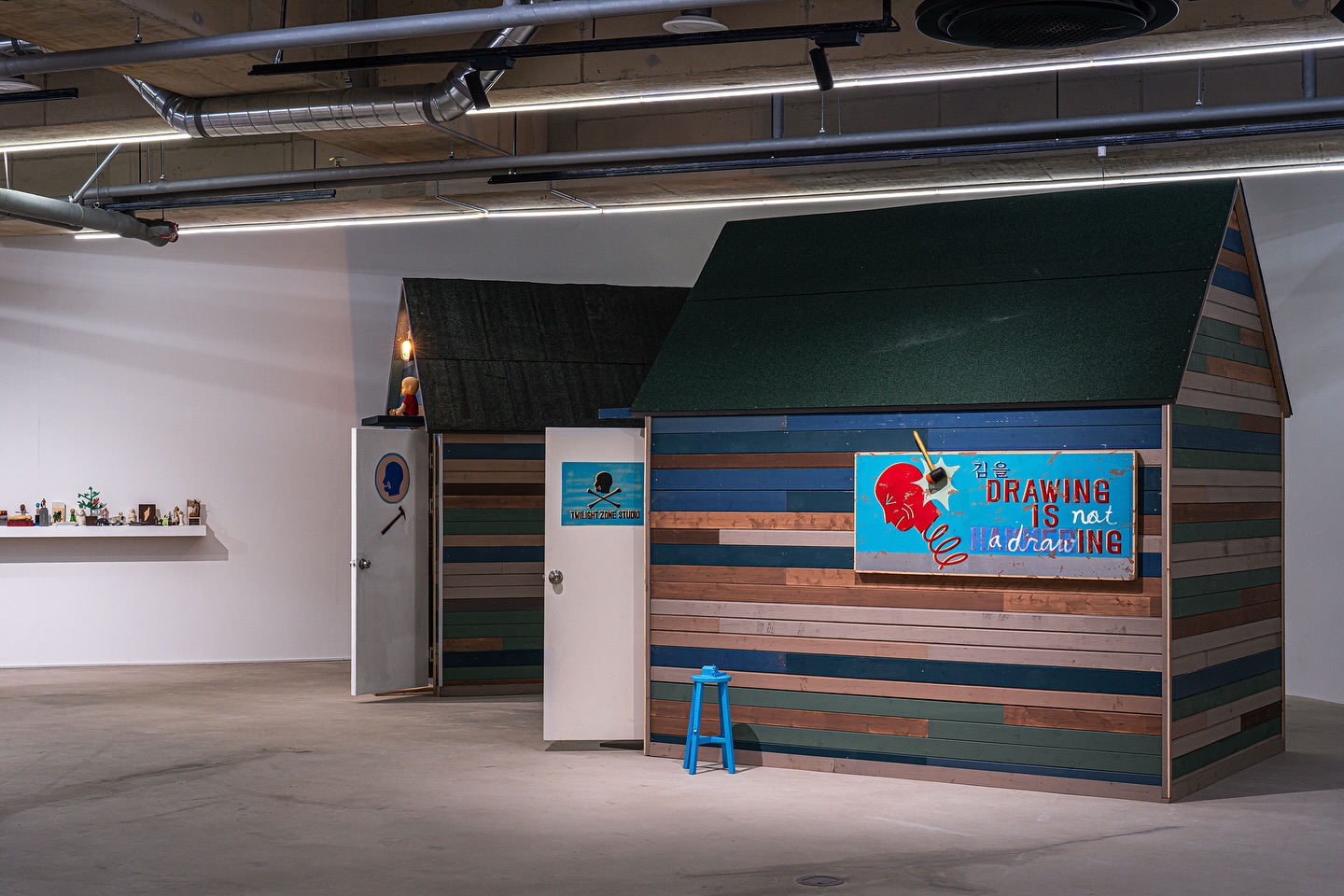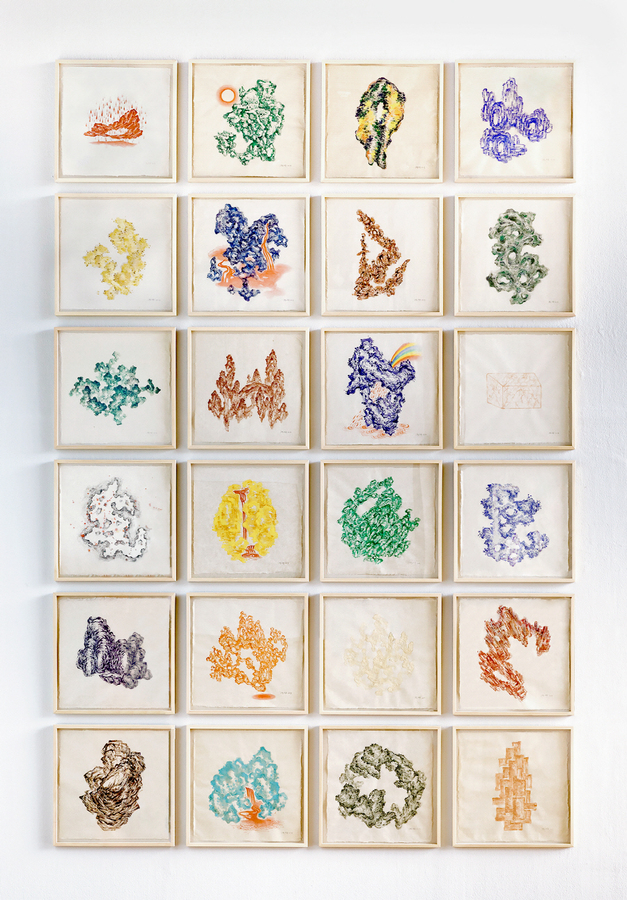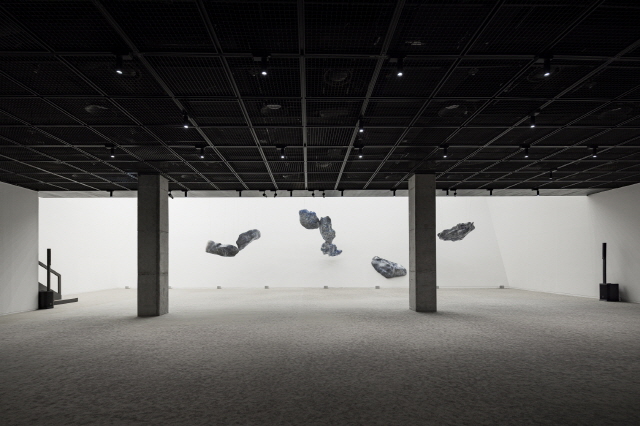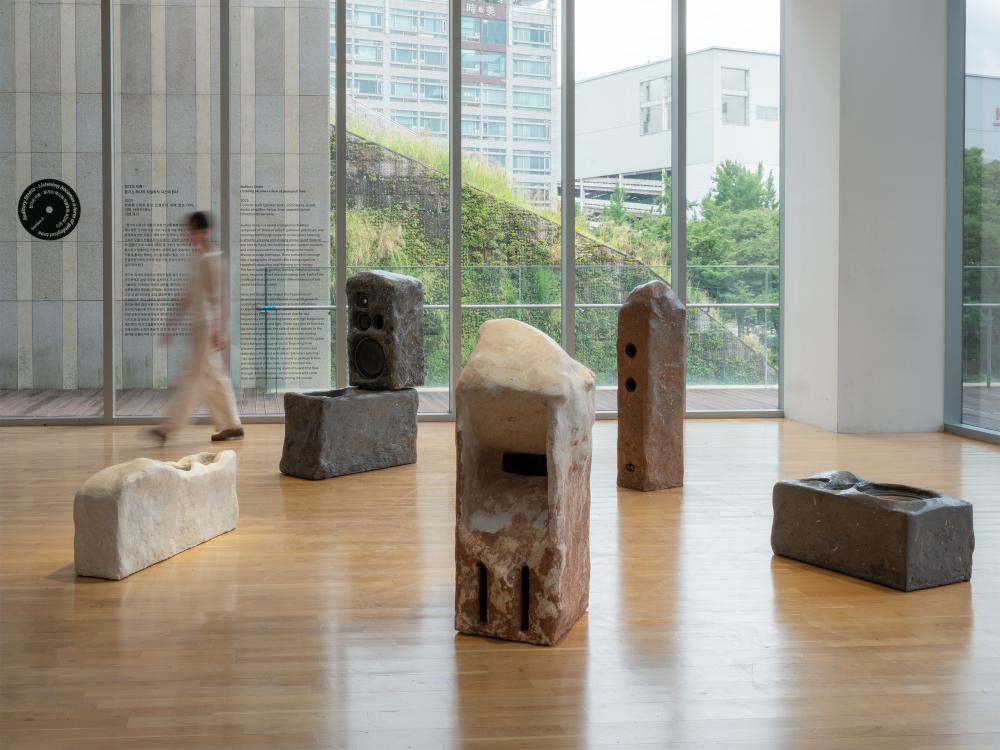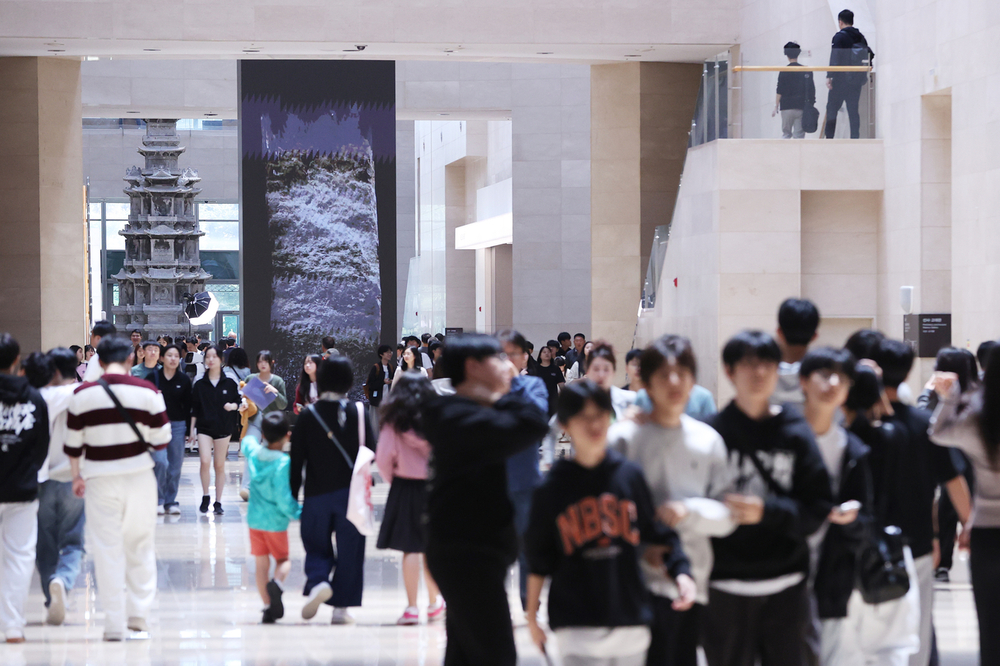 Visitors at the National Museum of
Korea in Seoul, Oct. 17 ⓒ Yonhap News
Visitors at the National Museum of
Korea in Seoul, Oct. 17 ⓒ Yonhap News
Concerns have been raised over long-term
freezes in acquisition budgets at major national cultural institutions in
Korea.
On the 22nd, Min Hyung-bae, a member of the
National Assembly’s Culture, Sports, and Tourism Committee, reported based on
data submitted by the National Museum of Korea and the National Museum of
Modern and Contemporary Art (MMCA) regarding “acquisition budgets over the past
10 years.” According to the report, the National Museum of Korea has maintained
an average annual budget of approximately 4 billion KRW for the past decade,
while the MMCA has maintained about 5.2 billion KRW.
Considering a 19.98% increase in the
consumer price index over the same period, the institutions’ real purchasing
power has effectively decreased.

Ai Weiwei’s Black Chandelier (front) and Zeng Fanzhi’s ‘Portrait’ series (back), on view at 《Highlights of MMCA Global Art Collection》 at the National Museum of Modern and Contemporary Art (MMCA), Gwacheon. ©Yonhap News
This situation becomes even more striking
when compared to major overseas institutions. The MMCA’s acquisition budget
amounts to only about 1/16th of the average annual budget of the Metropolitan
Museum of Art in the U.S. (approximately 81.7 billion KRW). Other leading
international institutions, such as the Tate in the U.K. (39.7 billion KRW) and
the Museum of Modern Art in New York (28.2 billion KRW), invest hundreds of
billions of KRW annually in acquisitions.
There is also a shortage of curatorial
staff. Of the 11,518 employees at 916 registered museums in Korea, only 34.6%
are curatorial staff—about half the OECD average of roughly 65%.
Lawmaker Min Hyung-bae emphasized, “To
achieve the K-Culture era, the government must strengthen investment in the
cultural infrastructure accessible to the public. Securing collections and
expanding curatorial staff are core investments for protecting cultural
sovereignty, and the government must take responsibility for this.”



